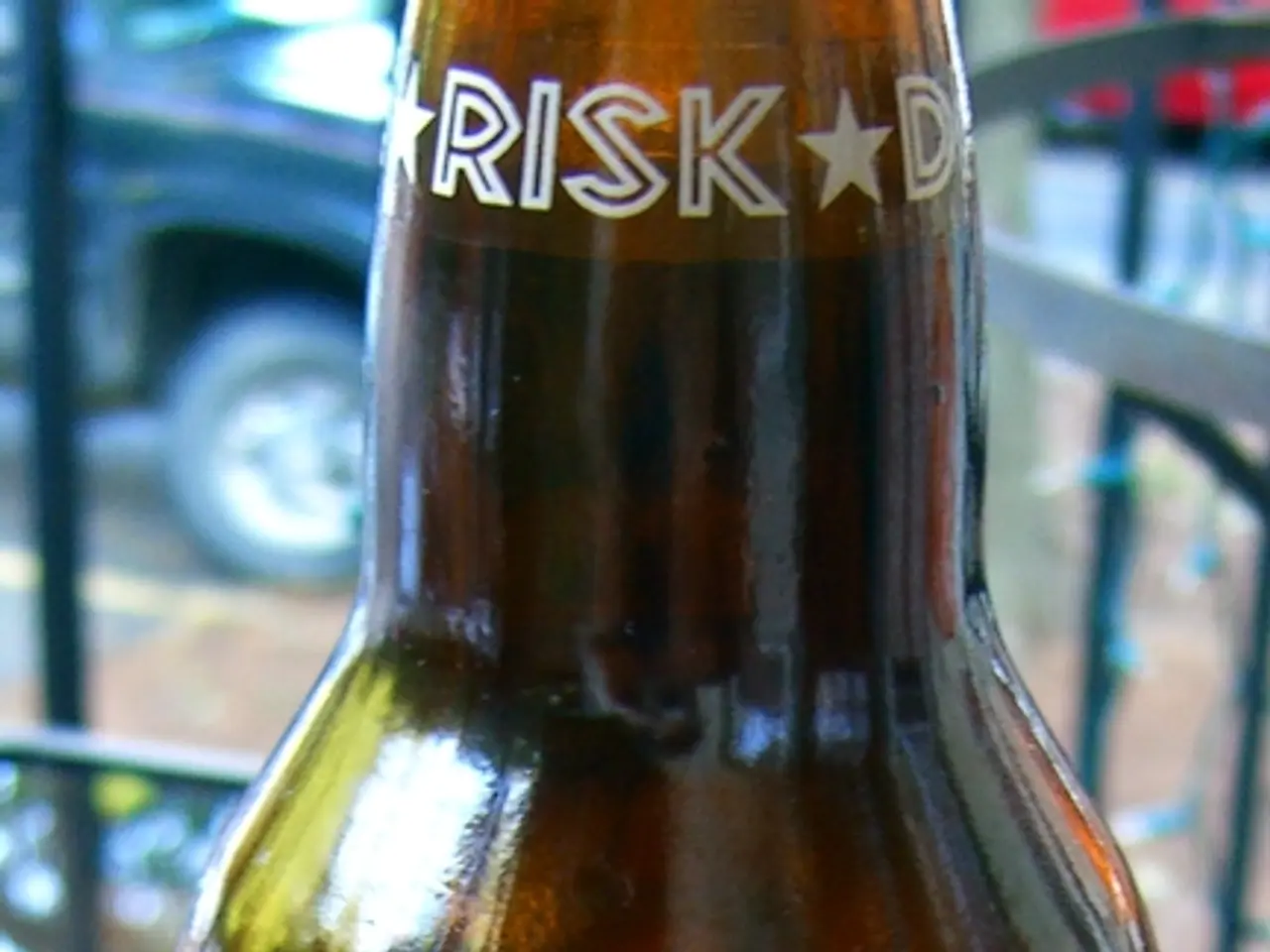Causes of Liver Cancer: A Look at the Underlying Factors
Liver cancer, also known as primary liver cancer, is a serious health concern that begins in the liver cells. This type of cancer is often found through routine testing with CT or MRI scans for another health reason.
Several risk factors contribute to the development of liver cancer. Some of the common risk factors include pre-existing liver cirrhosis, viral hepatitis infections, metabolic dysfunction-associated steatotic liver disease (MASLD), excessive alcohol consumption, obesity, and related metabolic conditions.
Liver Cirrhosis
Liver cirrhosis, a condition where scar tissue forms in the liver due to damage to healthy liver cells, affecting its function, is a significant risk factor. This scarring can be caused by various factors, including alcohol abuse, viral hepatitis, and nonalcoholic fatty liver disease (NAFLD).
Viral Hepatitis
Chronic infections with the hepatitis B virus (HBV) or hepatitis C virus (HCV) can lead to liver cancer, inflammation, and cirrhosis of the liver. HBV can be transmitted through bodily fluids such as blood or semen, while HCV can be transmitted through blood.
Metabolic Dysfunction-Associated Steatotic Liver Disease (MASLD)
MASLD, also known as fatty liver disease, particularly its severe form metabolic dysfunction-associated steatohepatitis (MASH), is another risk factor. This condition is often associated with obesity and related metabolic conditions, including diabetes.
Excessive Alcohol Consumption
Excessive alcohol consumption is linked to an increased risk of liver cancer, both with and without cirrhosis. It's essential to limit alcohol consumption to prevent liver damage and progression to cirrhosis and cancer.
Obesity and Related Metabolic Conditions
Obesity and related metabolic conditions, such as diabetes, also increase the risk of liver cancer. Managing these conditions through a healthy diet, regular exercise, and potentially weight loss can help reduce the risk of liver cancer and inflammation.
Prevention and Management
Prevention and management strategies focus on addressing these risk factors. Vaccination and treatment of viral hepatitis, reducing alcohol intake, managing MASLD, regular screening and surveillance, public health policies, and lifestyle changes are all crucial in reducing the global burden of liver cancer.
Expanding hepatitis B vaccine coverage and treating chronic hepatitis B and C infections can significantly reduce liver cancer risk. Regular liver cancer screening for early detection, particularly for individuals with chronic hepatitis, cirrhosis, or other high-risk conditions, improves survival chances.
Public health policies targeting obesity, promoting healthier lifestyles, and awareness campaigns are essential to reduce the incidence of liver cancer driven by metabolic and lifestyle factors. Because around 60% of liver cancer cases are linked to these modifiable and preventable risk factors, managing them offers a major opportunity to reduce the global burden of liver cancer.
Other Factors
Other genetic disorders, such as Wilson's disease and hemochromatosis, can also cause liver damage, cirrhosis, and liver cancer. Long-term exposure to aflatoxins, particularly in warm, tropical regions, can also increase the risk of liver cancer.
It's important to note that men are more likely than women to have hepatocellular carcinoma, the main type of liver cancer, which begins in cells called hepatocytes. In the United States, Asian Americans and Pacific Islanders have the highest rates of liver cancer, while white people have the lowest.
Cancer that spreads to the liver from another body part is not liver cancer; it's referred to as secondary liver cancer. Less common types of liver cancer include angiosarcoma, hemangiosarcoma, and hepatoblastoma.
Steps to lower the risk of liver cancer include avoiding or limiting alcohol use, maintaining a moderate weight, regular exercise, eating nutritious food, avoiding smoking, getting the HBV vaccine, and attending regular health screenings. Early diagnosis and treatment of liver cancer can potentially lead to a cure.
- Excessive alcohol use increases the risk of liver cancer, promoting damage to liver cells, pushing the liver towards cirrhosis, and potentially causing cancer.
- Management of metabolic dysfunction-associated steatotic liver disease (MASLD), often linked to obesity and related metabolic conditions such as diabetes, can help reduce the risk of liver cancer and inflammation.
- Beyond genetic disorders like Wilson's disease and hemochromatosis, long-term exposure to aflatoxins, particularly in warm, tropical regions, can also elevate the risk of liver cancer.




